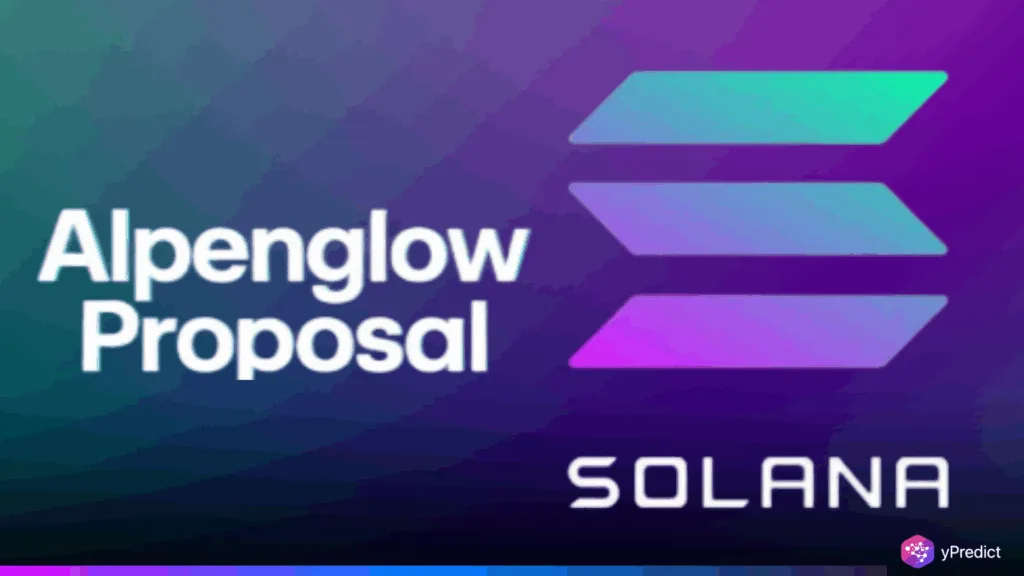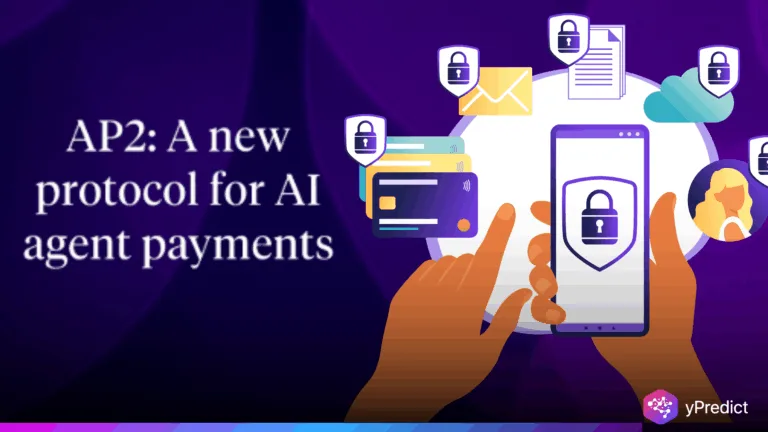
The Solana blockchain is now poised to undertake what could be one of the most ambitious upgrades to date. Alpenglow Consensus is a recent proposal that looks to replace the long-held Proof-of-History and TowerBFT protocols with methods that offer greater speed, better resilience, and a more competitive stance relative to broadly accepted performance levels from legacy systems, or Web2. A new proposal of this stature can redefine the technical base of Solana, but change much of its competitive proposition in the blockchain ecosystem as well.
Proposal Targets Speed and Efficiency
The first formal proposal for Alpenglow Consensus was published on August 14, 2025, through the Solana Developer Forums. It drew instant interest in part for its audacious plan to cut finality from 12.8 seconds to 150 milliseconds. The dramatically shorter gap would push Solana’s finality times closer to those experienced as users in conventional Web2 applications. Supporters argue that this Solana Upgrade will tackle one of the blockchain’s largest criticisms: delayed block finality.
Additionally, a report compiled by Helius.dev and distributed on May 30, 2025, iterated this notion, contending that faster block finality could enable developers and end-users to have a significantly smoother experience. Alpenglow, similarly, stresses resilience. Although Proof-of-History and TowerBFT are two important existing aspects of Solana’s consensus, Alpenglow is a brand new structure that is capable of not only staying stable in times of high congestion and during continual instability.
Concerns Over Governance and Momentum
Despite its grand plans, there are undeniable challenges to governance with the Solana Upgrade. The voting process for Alpenglow started not too long ago, but the challenges of governance have become readily apparent as awareness of the voting process remains low. As of now, only 9.5% of the total supply has voted.
Still others remain optimistic that with wider awareness in the community, many more stakeholders will participate in support of the upgrade. The proposal also initiates a new governance structure. Alpenglow supports a two-tiered voting format called Votor. Votor attempts to balance validator governance and community engagement. Its supporters in the Alpenglow project frame this as an attempt to engage all members of the Solana community, while its opponents reiterate that the potential for Votor may be marred by its implementation.
Technical Shifts with Alpenglow Consensus
This upgrade to Solana is based on the Alpenglow Consensus framework. Alpenglow changes the current dynamic block time to an absolutely fixed block time of 400ms, which is a complete change from its current implementation, and we hope it improves predictability and relieves some stress on the network and developer friction. Alpenglow will also implement a two-layered voting framework developed by Votor to develop consensus without compromising security.
The two-layered framework develops consensus through a validator-driven confirmation and other secondary checks. These changes should accomplish speed and resiliency. Developers in Solana’s forum stated that the Alpenglow changes might be the most important upgrade in the history of the blockchain to date, and these substantial changes change Solana into a high-performance blockchain design.
Roadmap and Rollout Timeline
The timetable for the Solana Upgrade is still ambitious. Per the proposal, Alpenglow Consensus will reach the mainnet rollout stage by early 2026. Throughout this period, developers will be busy testing, gathering community feedback, and gradually releasing updates. The blockchain community is paying attention to the mechanics of this process because it might have implications for the outside blockchain ecosystem.
For now, the future is up to community engagement. Voting is underway, and Alpenglow’s fate now depends on whether Solana’s stakeholders can gather around such a bold proposal. In the coming months, we will see if Solana can turn the page to its next chapter of speed, resiliency, and Web2-like performance.






